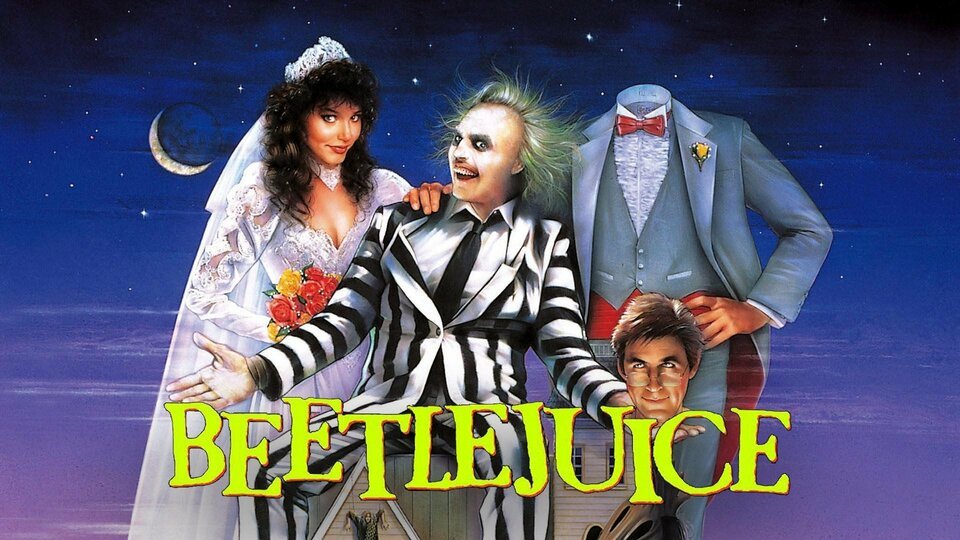
As we eagerly anticipate the release of the Beetlejuice sequel in September, now is the perfect time to revisit the 1988 classic that cemented Tim Burton’s status as a visionary filmmaker. “Beetlejuice”, is a delightful blend of gothic fantasy and irreverent humor that has captivated audiences for over three decades.
In this in-depth analysis, we’ll explore the film’s enduring appeal, the creative decisions that shaped its unique identity, and how it solidified Tim Burton’s distinctive directorial style. From the film’s macabre themes to its iconic characters, we’ll dive deep into the elements that have made Beetlejuice a beloved cult classic.
The Backstory: Tim Burton’s Rise to Prominence
Before Beetlejuice, Tim Burton had already made a name for himself with the success of his 1985 film, “Pee-wee’s Big Adventure.” This low-budget project, which showcased Burton’s quirky sensibilities and visual flair, caught the attention of Warner Bros. The studio recognized Burton’s potential and offered him the opportunity to direct a film that would later be known as the disastrous “The Talking Horse” (1988).
Fortunately, Burton declined the offer, opting instead to pursue a project that would become Beetlejuice. This decision proved to be a pivotal moment in his career, as the film allowed him to fully embrace his signature gothic aesthetic and dark humor. The book “Tim Burton: The Iconic Filmmaker and His Work” provides a comprehensive look at Burton’s filmography and the behind-the-scenes stories that shaped his iconic style.
Beetlejuice: Blending Horror and Comedy
Beetlejuice follows the story of a recently deceased couple, Barbara and Adam Maitland, who find themselves trapped in their own home after a new family moves in. Desperate to scare the new residents away, the Maitlands enlist the help of the mischievous and chaotic Beetlejuice, played by the incomparable Michael Keaton.
What sets Beetlejuice apart is its unique approach to the themes of life, death, and the afterlife. Rather than delving into the traditional dramatic exploration of grief and loss, Burton opts for a more lighthearted and fantastical treatment of these weighty topics. The film’s “exorcist burlesque” style, as described by the director, allows for a seamless blend of terror and comedy, creating a truly distinctive cinematic experience.
Crafting the Macabre and the Comical
One of the most fascinating aspects of Beetlejuice is the evolution of its original concept. Burton initially envisioned a much darker and more violent version of the film, complete with a graphic car accident scene and the protagonist as a maniacal killer. However, the director ultimately decided to revise the script and create a more family-friendly experience, focusing on the fantastical and humorous elements of the story.
This decision proved to be a stroke of genius, as Beetlejuice’s blend of macabre and comical elements became its defining characteristic. The film’s visual style, with its vibrant colors and gothic aesthetics, perfectly complements the juxtaposition of life and death, the living and the dead. The use of practical effects, such as stop-motion animation and creative camera tricks, further enhances the film’s handcrafted, artisanal quality, evoking a sense of wonder and surprise in the audience.
The Iconic Characters and Performances
At the heart of Beetlejuice’s enduring appeal are its unforgettable characters and the captivating performances that bring them to life. The Maitland couple, portrayed by Alec Baldwin and Geena Davis, serve as the film’s emotional anchors, their journey of acceptance and adaptation to the afterlife resonating with audiences.
However, it is the character of Beetlejuice, played with manic energy by Michael Keaton, who truly steals the show. Keaton’s portrayal of the eccentric, charismatic, and morally ambiguous title character is a masterclass in character acting. Beetlejuice’s exaggerated mannerisms, peculiar speech patterns, and unpredictable behavior make him a delightfully chaotic force that drives the film’s narrative and comedic moments.
The film’s supporting cast, including the young and enigmatic Lydia, played by Winona Ryder, further enhances the overall dynamic and adds depth to the story. The interplay between the families, both living and dead, creates a rich tapestry of interactions that are both humorous and poignant.
The Soundtrack and Artistic Vision
Integral to the success of Beetlejuice is its captivating musical score, composed by the legendary Danny Elfman. Elfman’s work has become synonymous with Tim Burton’s films, and Beetlejuice is no exception. The film’s main theme seamlessly blends comedic and macabre elements, reflecting the duality of the story’s tone.
Beyond the music, Beetlejuice’s visual aesthetic is a testament to Burton’s artistic vision. The film’s vibrant color palette, contrasting the lively world of the living with the muted tones of the afterlife, creates a striking visual experience. The attention to detail in the production design, from the Maitlands’ cozy home to the bureaucratic underworld, further reinforces the film’s immersive and fantastical qualities.
Themes and Social Commentary
Beneath the film’s whimsical surface, Beetlejuice also explores deeper themes and social commentary. The film’s examination of the bureaucracy and impersonal nature of the afterlife serves as a commentary on the dehumanizing aspects of modern society. The contrast between the warmth and familiarity of the Maitlands’ home and the cold, sterile environment of the underworld highlights the film’s underlying critique of consumerism and the loss of personal identity.
Additionally, Beetlejuice’s treatment of death and the afterlife offers a refreshing perspective. Rather than dwelling on the traditional dramatic approach to grief and loss, the film embraces a more lighthearted and accepting attitude towards mortality. This shift in perspective allows the audience to engage with these themes in a more accessible and thought-provoking manner.
The Lasting Legacy of Beetlejuice
Beetlejuice’s enduring popularity and cultural impact cannot be overstated. The film has spawned a successful animated series, a stage musical, and even a video game adaptation in the early 1990s. However, the original 1988 film remains the quintessential Beetlejuice experience, a testament to the timeless appeal of Burton’s unique vision.
As the upcoming sequel prepares to introduce Beetlejuice to a new generation of fans, it will be interesting to see if the film can capture the same magic and spirit of the original. Will Tim Burton maintain the delicate balance of horror and humor that made the first film so beloved, or will he embrace a more modern, digitally-driven approach? Regardless of the direction, the legacy of Beetlejuice will undoubtedly continue to captivate audiences for years to come.
Conclusion
Beetlejuice stands as a shining example of Tim Burton’s cinematic brilliance. By blending macabre fantasy with uproarious comedy, the film has cemented its place as a cult classic that continues to delight and inspire audiences. From its iconic characters to its visually stunning production, Beetlejuice is a testament to the power of Burton’s singular artistic vision.
As we eagerly await the arrival of the Beetlejuice sequel, now is the perfect time to revisit this beloved film and immerse ourselves once again in the eccentric world of the Maitlands and their mischievous supernatural ally. Whether you’re a longtime fan or a newcomer to the Beetlejuice universe, this timeless classic is sure to leave an indelible mark on your cinematic experience.
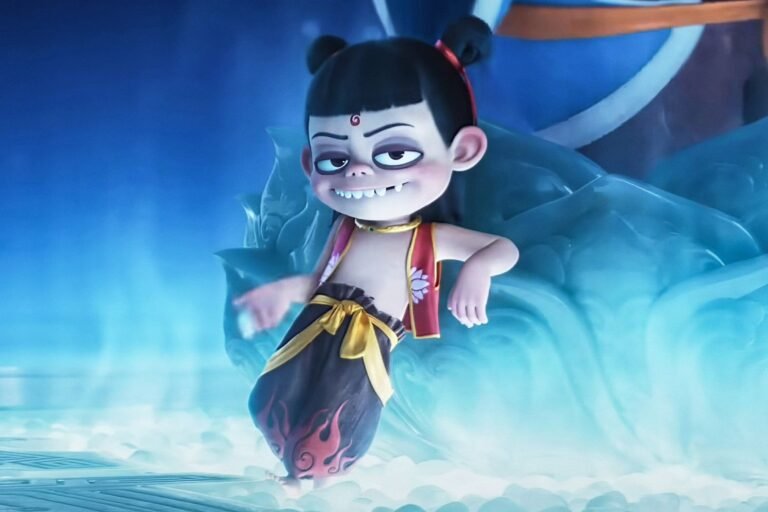
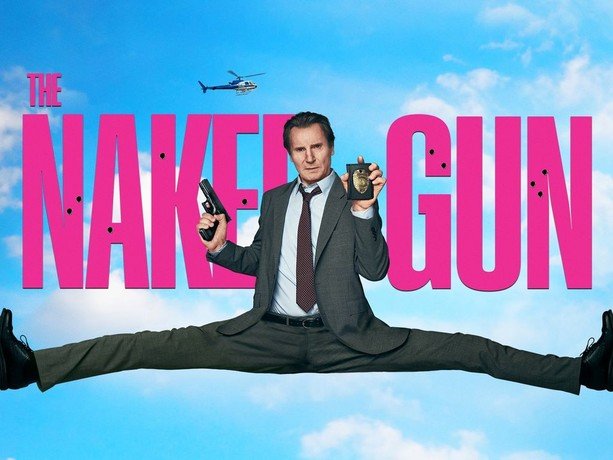
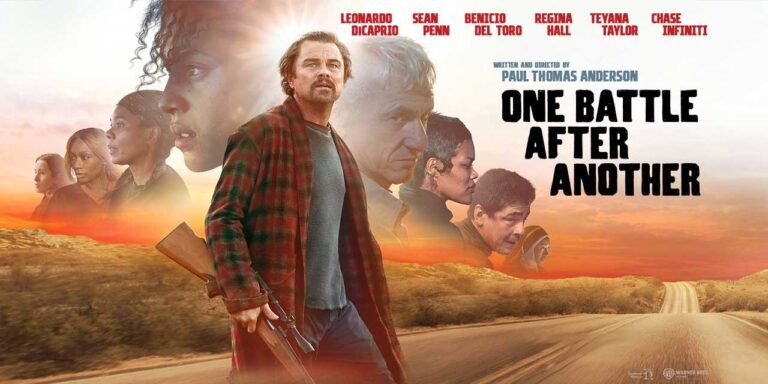
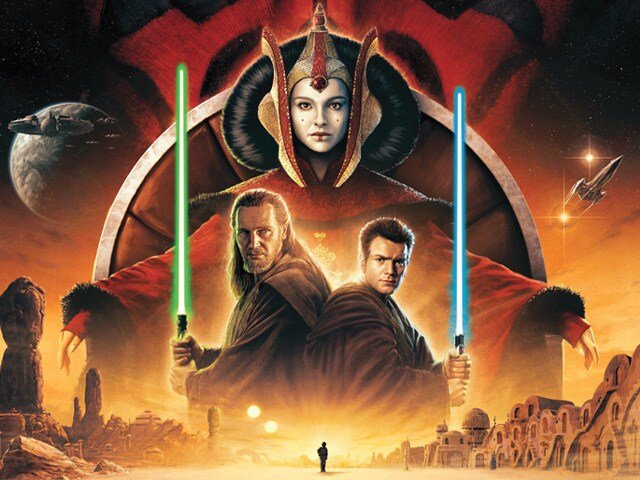
1 thought on “Beetlejuice: Tim Burton’s Cult Classic Explained”